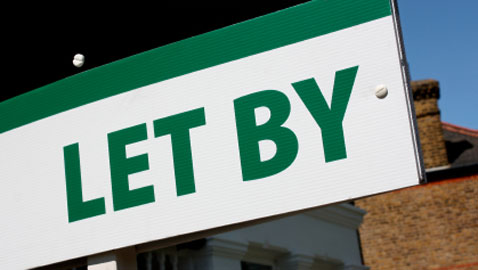Yields on ‘complex buy-to-let’ property reached their highest level in the second quarter of this year as average annual yields on Multi-unit Freehold Blocks (MUFB) rose to 7.5%, according to the latest Mortgages for Business complex buy-to-let Index.
Complex buy-to-let yields also increased on semi-commercial property, with the average yield rising from 7.3% in the first quarter to 7.4% in the second quarter.
Houses in Multiple Occupation continued to offer investors the highest returns, despite yields falling from 10.7% in the first quarter to 9.2% in the second quarter.
The consistently high yields on complex buy-to-let property contrasted with ‘standard’ buy-to-let, where yields dropped slightly from 6.3% in the first quarter to 6.1% in the second quarter.
The average loan size on vanilla buy-to-let increased 13% from the first quarter to £138,557, while the average value of vanilla property bought by investors rose sharply from £191,470 in the first quarter to £217,374 in the second quarter.
Buy-to-let mortgage availability increased in the second quarter. There was an average of 456 of buy-to-let products offered over the quarter. It represented an increase of 3% from an average of 442 products available in the first quarter, and of 13% from the second quarter last year.
“Although the recipe for economic growth continues to elude the government, the buy-to-let market is performing consistently strongly and is managing to resist the economic downturn going on around it,” said David Whittaker, managing director of Mortgages for Business.
“It is the one area of the property market that is performing well. Complex buy-to-let yields have been consistently strong, with returns on MUFB investments proving particularly lucrative over the last quarter.
“Yields in the vanilla market have reached something of a glass ceiling. At a shade over 6%, there isn’t much scope for them to increase further. It’s encouraging more investors to diversify by adding complex buy-to-let properties to their portfolios.
“We’re also seeing vanilla investors purchasing more expensive property in the south-east as they try to tap into the big reservoir of tenant demand in the region. As a result, vanilla loan sizes and average property values have increased significantly over the last quarter.”
















